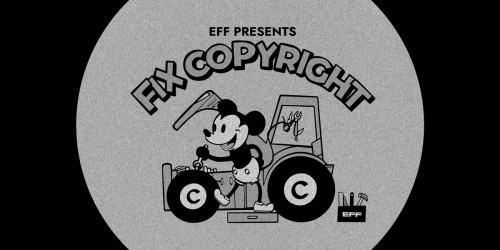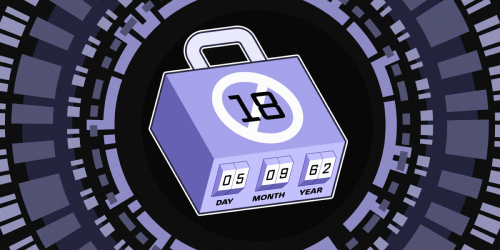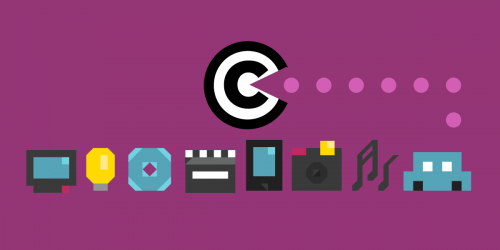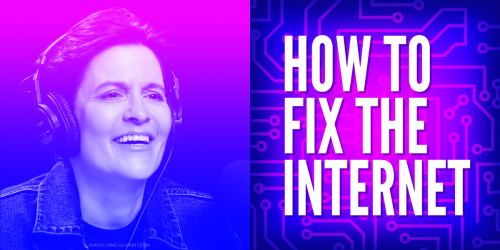In a decision that threatens legitimate fair uses, the Second Circuit ruled against part of the service offered by TVEyes, which creates a text-searchable database of broadcast content from thousands of television and radio stations in the United States and worldwide. The service is invaluable to people looking to investigate and analyze the claims made on broadcast television and radio. Sadly, this ruling is likely to interfere with that valuable service.
TVEyes allows subscribers to search through transcripts of broadcast content and gives a time code for what the search returns. It also allows its subscribers to search for, view, download, and share ten-minute clips. It’s used by exactly who you’d think would need a service like this: journalists, scholars, politicians, and so on in order to monitor what’s being said in the media. If you’ve ever read a story where a public figure’s words now are contrasted with contradictory things they said in the past, then you’ve seen the effects of TVEyes.
In 2014, the district court hearing the case threw out a number of arguments made by Fox news and held that a lot of what TVEyes does is fair use, but asked to hear more about customers’ ability to archive video clips, share links to video clips via email, download clips, and search for clips by date and time (as opposed to keywords). In 2015, the district court found the archiving feature to be a fair use, but found the other features to be “infringing.”
And now the 2nd Circuit has reversed [PDF] the 2015 finding that the archiving was fair use and upholds the finding that the rest of the TVEye’s video features are not fair use. That’s a hugely disappointing result that could result in a decrease in news analysis and commentary.
Fair use is determined by a look at four factors: the purpose and character of the use (ie, how “transformative” it is), the nature of the copyrighted work, the amount and substantiality used, and the effect the use has on the market.
The Second Circuit decision does acknowledge that TVEyes’ functions are transformative “insofar as it enables users to isolate, from an ocean of programming, material that is responsive to their interests and needs, and to access that material with targeted precision.” Where the court gets this wrong is in saying that because that material is delivered in “unaltered from its original form with no new expression, meaning, or message,” this factor only weighs slightly in favor of TVEyes. A researcher or a journalist watching ten minutes relevant to a specific search is doing something very different from an average television viewer. The new and different purpose being served by TVEyes means this factor should have favored the service more than just slightly.
The court found that the second factor, not really a big player in this analysis, was neutral. TVEyes argued that it was providing access to facts, which are not copyrightable, so this factor weighed in their favor. The court replied that just because works are factual doesn’t mean they can be copied and shared wholesale.
The court found that the third factor favored Fox because the ten-minute clips are long relative to the “brevity of the average news segment on a particular topic.” The result, in the court’s eyes, being that users would see all of the segment on the topic they were searching for, destroying the need to go watch Fox News. The court envisions a future where media criticism is limited to organizations with the budget and stamina to assign someone to watch Fox News 24 hours a day.
The biggest failure is in the court’s analysis of the fourth factor. The court says that TVEyes successfully charging its subscribers $500 a month shows that it has created a profitable business that is somehow displacing a channel’s prospective revenue, especially since it allows people to watch content without the owner’s permission. That ignores a fundamental characteristic of fair use.
If use of someone’s words was contingent on the permission of the person who said them, you would never be able to critique what was being said. Fair use allows the use of copyrighted material without permission for this very reason. It’s not in the interest of anyone to license out clips of their material for the purpose of it being debunked, which is why the service provided by TVEyes is so valuable.
Moreover, the markets for a cable news subscription and the market for a service like TVEyes are not the same. And restricting that service to the hands of the copyright holder will keep important criticism and commentary from being done. Now more than ever we need rulings that reaffirm the importance of news analysis rather than ones that devalue it, as the Second Circuit did here.
We're disappointed the court took such a limited view of the importance of this kind of use and it's incorrect and dangerous to consider this a plausible market. That's circular reasoning that threatens many traditional fair uses where one could theoretically get a license but should not have to because stopping the use isn't a legitimate application of copyright law.











